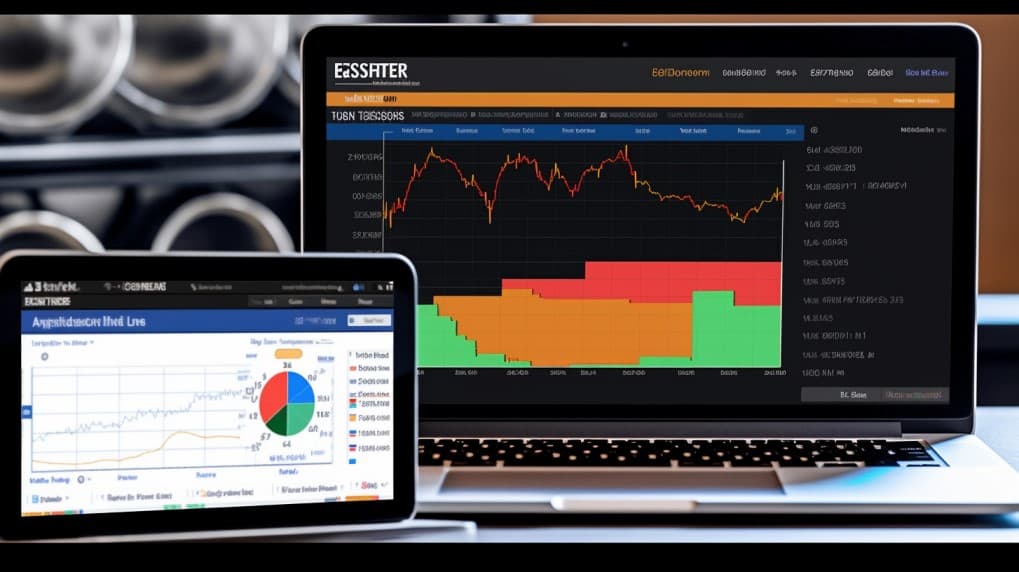
JNK VS SHYG: A Comprehensive Comparison of ETFs
JNK Vs SHYG Overview
When it comes to high-yield bond investments, two ETFs that often come to mind are JNK (SPDR Bloomberg Barclays High Yield Bond ETF) and SHYG (iShares 0-5 Year High Yield Corporate Bond ETF). These ETFs serve as excellent options for those looking to diversify their portfolios while targeting higher-than-average income streams. JNK Vs SHYG is an oft-considered investment comparison because they serve a similar market space but offer nuanced differences in their investment strategy.
JNK Vs SHYG Sectors and Top Holdings
Both JNK and SHYG cover the high-yield corporate bond sector but with slightly different focal points. JNK is known for its diversified holdings across multiple sectors like Energy, Technology, and Consumer Goods. It often leans towards companies with medium to high credit risk, potentially offering higher yields. On the other hand, SHYG concentrates more on bonds with shorter maturities (0-5 years), providing less exposure to long-term credit risk. This focus gives SHYG a distinctive position among high-yield ETFs, making it an ideal option for more conservative investors comparing JNK Vs SHYG.
 JNK overlap JNK VS SHYG: A Comprehensive Comparison of ETFs
JNK overlap JNK VS SHYG: A Comprehensive Comparison of ETFs
JNK Vs SHYG Capitalization Strategy
JNK employs a market-cap weighted strategy, leaning towards the most significant issuers in the high-yield space. This methodology potentially adds a stability factor to the ETF, as larger issuers often come with better credit ratings. SHYG also employs a similar strategy but concentrates more on bonds with shorter maturities. The primary distinction here when considering JNK Vs SHYG is the risk profile; JNK might be more suitable for investors who can stomach medium-level risks for higher returns, while SHYG can be a better fit for those looking for a slightly lower risk profile.
JNK Vs SHYG Tracking and Exposure
JNK aims to track the performance of the Bloomberg Barclays High Yield Very Liquid Index, providing a broad exposure to U.S. high-yield corporate bonds. SHYG, meanwhile, attempts to follow the Markit iBoxx USD Liquid High Yield 0-5 Index. The main difference in tracking and exposure when comparing JNK Vs SHYG comes down to the duration of bonds they target. JNK offers a broader range of maturities, potentially increasing its risk and return profile. SHYG focuses on bonds with shorter maturities, providing a natural hedge against interest rate hikes and related bond market volatility.
Conclusion
Choosing between JNK and SHYG depends on your risk tolerance, investment horizon, and specific income needs. Both ETFs offer exposure to high-yield bonds but come with their unique pros and cons. JNK provides a diversified exposure across various sectors with a focus on medium to high-risk bonds, offering potentially higher yields. SHYG targets the shorter end of the maturity spectrum, making it somewhat less risky but also potentially less rewarding in a low-interest-rate environment.
Understanding the nuanced differences in sectors, capitalization strategy, and tracking exposure between JNK Vs SHYG can aid investors in making a well-informed choice that aligns with their financial objectives.
JNK ETF issuer
JNK ETF official page
SHYG quote and analysis
Discover the top holdings, correlations, and overlaps of ETFs using our visualization tool.
Our app allows you to build and track your portfolio.
To learn more about the SHYG iShares 0-5 Year High Yield Corporate Bond ETF, access our dedicated page now.